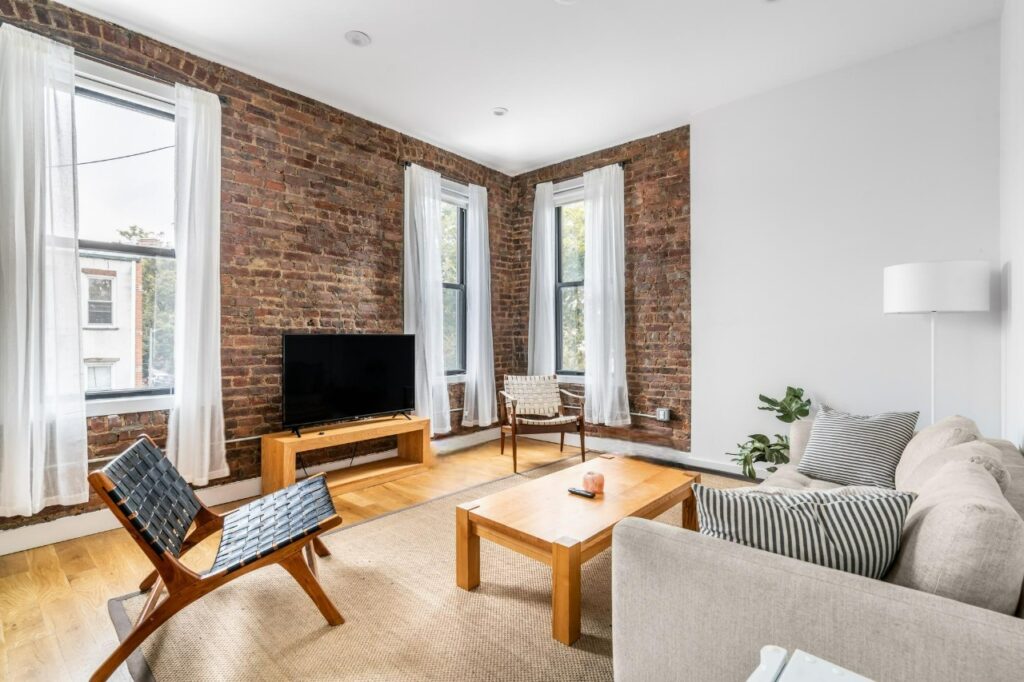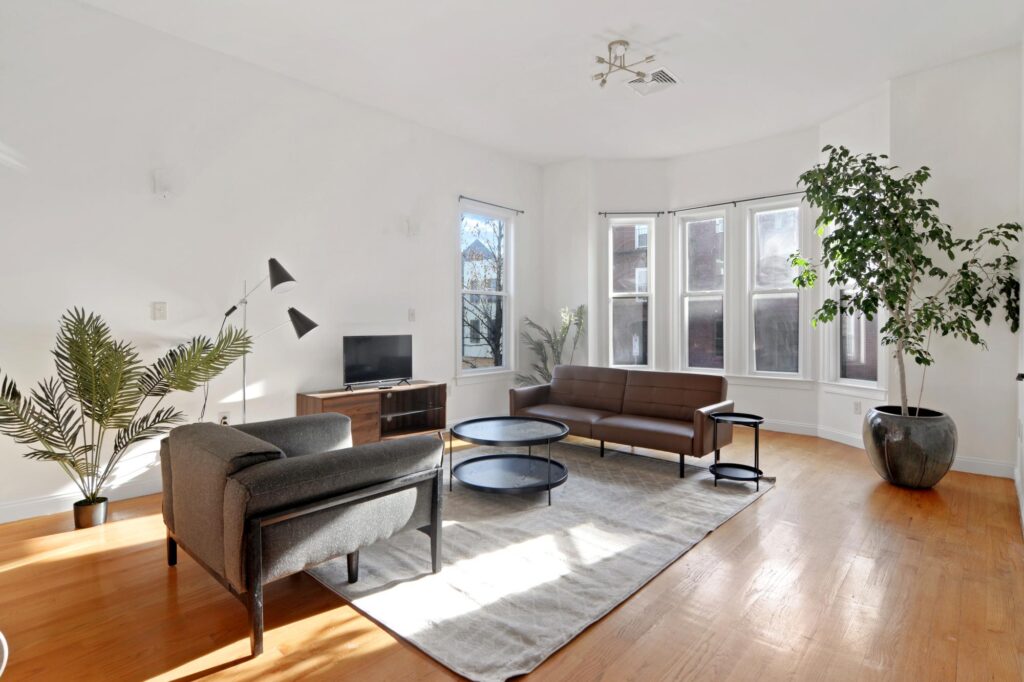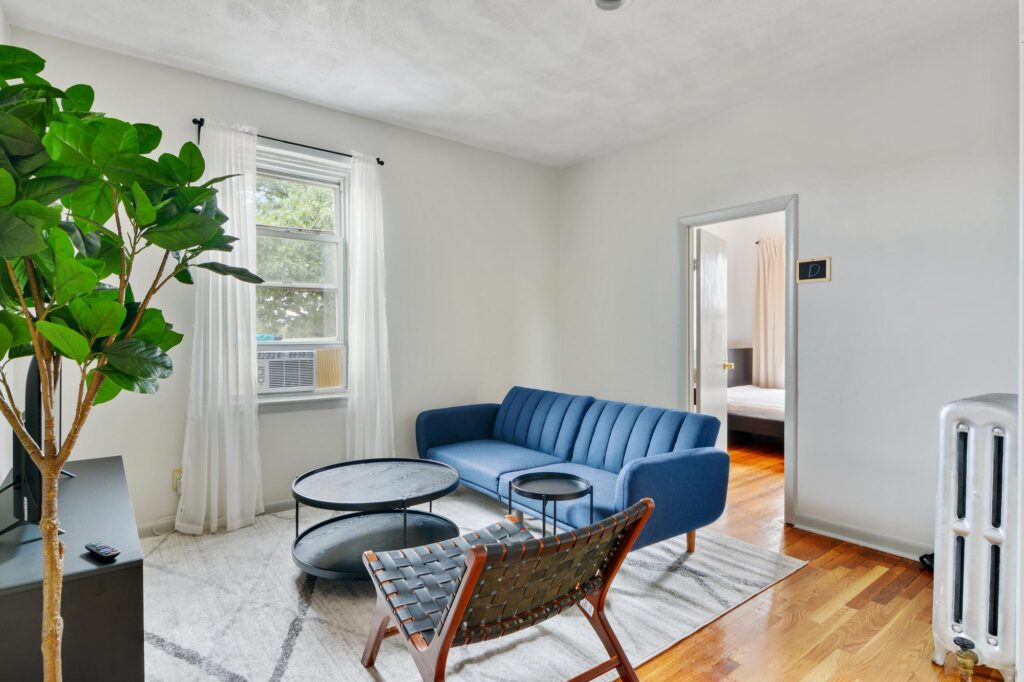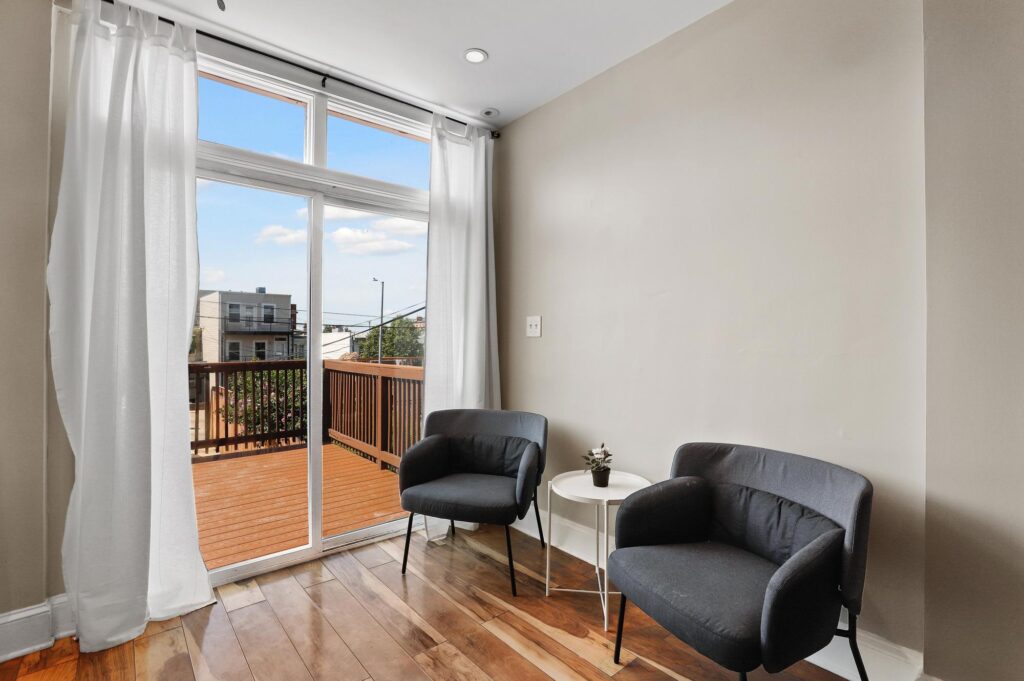
Estimated reading time: 0 minutes
The process of renting an apartment can be straightforward if you know what to do. Our guide on how to rent an apartment provides a clear path through the essential stages, ensuring you secure a rental that fits your needs.
1. Define Your Renting Budget and Needs
Before you start apartment hunting, it’s important to define your budget and what you actually need from a place. Are you looking for a short-term lease, or do you need something more permanent? First, figure out how much you can afford based on your income. Typically, it’s recommended to spend no more than 30% of your monthly income on rent, but in some cities, that might be unrealistic. Then, think about the type of apartment that would work for you. Do you need a furnished place, or are you okay buying your own furniture? Location is key, too—being close to work or school can save on commute time and costs. Some essential questions to ask yourself: What’s my monthly budget? Do I need a place with amenities like a gym or laundry? How long am I planning to stay?
2. Search for Apartments That Fit Your Criteria
Now that you know your budget and needs, it’s time to start searching for the right apartment. You’ve got a few options here: you can use apartment websites like June Homes, check local listings, or even work with a real estate agent. June Homes, for example, offers flexible rental options, including furnished or unfurnished apartments, which can be a real time-saver if you need to move quickly. If you’re in a rush, their listings make it easier to find an apartment fast, especially if you’re short on time and need something move-in ready. Additionally, don’t forget to use social media or community boards to find hidden gems that might not be listed on big websites.
Enjoy a hassle-free, high-end rental experience for stays of one month or longer in major US cities.

Fully-furnished rooms and apartments with flexible lease. Apply today and move in tomorrow.
3. Understand the Rental Application Process
Once you’ve found an apartment that suits your needs, it’s time to tackle the rental application process. This might sound intimidating, but it’s pretty straightforward. You’ll need to fill out a rental application form, which asks for basic information like your name, contact details, and employment history. Landlords use this to assess if you’re a reliable tenant.
You’ll also need to provide some documents:
- Proof of Income: This could be recent pay stubs, a letter from your employer, or bank statements. It shows that you can afford the rent.
- Identification: A driver’s license or passport works here.
- Credit Check Authorization: Landlords often run a credit check to see your credit history. If you have bad credit, don’t panic—we’ll cover that later.
- References: Sometimes landlords ask for personal or professional references to get a sense of your character.
Having these documents ready can make the process smoother and faster. Remember, the goal is to show the landlord that you’re responsible and can pay rent on time.
4. Consider Roommates or Living Alone
Deciding whether to live alone or with roommates is a crucial step. Each option has its pros and cons. Living alone gives you more privacy and control over your space, but it’s often more expensive. On the flip side, having roommates can significantly cut down on costs, as you’ll be able to split rent, utilities, and other expenses. This can make pricier apartments in better locations more affordable.
Financially, the benefits of having a roommate can’t be overlooked, especially if you’re working with a tight budget. For example, if your rent is $1,500 per month, having a roommate could bring your share down to $750, which is a big relief for many. However, keep in mind the importance of choosing the right roommate—living with the wrong person can create stress and affect your quality of life. Make sure to discuss things like cleanliness, guest policies, and bills before moving in together.
5. Know What Fees to Expect
Renting an apartment involves more than just paying rent each month—there are several other fees to keep in mind. Most landlords require an application fee, which covers the cost of processing your application and running background or credit checks. This fee can range from $30 to $100, depending on the area. You’ll also likely need to pay a security deposit, usually equivalent to one or two months’ rent. This deposit is refundable, but only if you leave the apartment in good condition when your lease ends.
Other fees to consider include utilities, which may or may not be included in your rent. Make sure to ask your landlord upfront about what’s covered and what isn’t. For example, some places include water and trash removal but charge extra for electricity and internet. Additionally, be aware of move-in fees like pet deposits if you’re bringing a furry friend with you.
6. Prepare for Background and Credit Checks
Most landlords or property management companies will run a background and credit check as part of the application process. They want to see that you have a good rental history and that you’ll be able to make your rent payments on time. If you’ve never rented before or have bad credit, this might feel stressful, but there are options.
If your credit score isn’t great, you can still rent an apartment by offering alternatives, such as a larger security deposit or having a co-signer. A co-signer (or guarantor), often a family member or close friend with good credit, agrees to take responsibility if you fail to pay rent. Another option is to find a landlord who doesn’t require a credit check, though these are less common in competitive markets.
7. Tour Apartments and Ask the Right Questions
Once you’ve narrowed down your options, it’s time to tour the apartments. Whether you’re doing this in person or virtually, be thorough. Pay attention to things like the condition of the walls, floors, and appliances. Are there signs of wear and tear or damage? Check out the amenities too—if the apartment comes with a gym or laundry room, make sure they’re in good condition.
Don’t hesitate to ask questions. Some important ones to keep in mind are: “What’s the policy for repairs?” “How long does it usually take to fix something?” and “Is this neighborhood safe?” If you’re renting from out of state or have no job yet, you might need to ask about flexibility, such as whether they’ll allow you to sign a lease without proof of income right away. Remember, the more you know upfront, the fewer surprises you’ll face later.
8. Read the Lease Carefully Before Signing
Once you’ve chosen the right apartment, don’t rush into signing the lease. This is a legal document that outlines your rights and responsibilities as a tenant, so it’s important to read it carefully. Pay special attention to the terms related to rent, such as how much you’ll be paying and when it’s due each month. Make sure you understand what happens if you’re late on a payment—some landlords charge hefty late fees.
Look for clauses about renewal. Will the rent increase after the first year? Also, check if subletting is allowed in case you need to leave the apartment temporarily but want someone to take over your lease. Some leases include a “no subletting” clause, which could complicate things if your plans change.
Finally, make sure all verbal agreements—like promises to repaint or replace appliances—are included in the written lease. If it’s not in writing, it’s not guaranteed. Take your time, ask questions if something isn’t clear, and don’t be afraid to negotiate the terms if needed.
9. Plan for Your Move
Now that you’ve signed the lease, it’s time to start planning your move. This step can be more stressful than finding the apartment, but a little preparation can make it go smoothly. First, set up utilities like electricity, water, and internet before moving in, so everything’s ready when you arrive. Some landlords might help with this, but often it’s your responsibility to contact service providers and arrange the connection dates.
Next, decide whether you’ll need movers or if you can handle it yourself. If you’re moving to a furnished place, the process is a lot easier, but if not, you’ll need to think about furniture and how to get it to your new home. Don’t forget to update your address with the post office and important services like your bank.
Finally, make a checklist of all the things you’ll need in your new place—from kitchen supplies to bathroom essentials—so you can settle in comfortably without too many last-minute shopping trips.
10. FAQ Section (Expanded)
- How old do you have to be to rent an apartment?
You must be at least 18 years old to sign a lease, though some landlords may require a co-signer if you’re under 21 or don’t have a rental history. - How much income do you need to rent an apartment?
Ideally, your monthly income should be at least three times the rent. Some landlords are flexible, but this is a common rule. - How to rent an apartment with bad credit?
Consider offering a larger deposit or having a co-signer with good credit. Be upfront about your situation, and provide any documents showing your ability to pay rent, like a steady income or savings. - How to rent an apartment out of state with no job?
If you’re moving without a job, you can still rent by providing proof of savings, a letter from a future employer, or offering a co-signer who can vouch for your financial responsibility. - How to rent an apartment as an international student?
Many landlords are used to renting to international students. You’ll likely need a co-signer or to pay several months of rent upfront if you don’t have a U.S.-based credit history. - How to apply online for an apartment for rent?
Many landlords offer online applications. You’ll need to fill out the application form and upload documents like proof of income, ID, and sometimes references. After that, you’ll likely pay an application fee for the credit check. - How to find furnished apartments?
Websites like June Homes, Airbnb, and local rental platforms often list furnished apartments. You can also search using specific filters for “furnished” on apartment search engines. - How to get lower rent on an apartment?
Negotiating rent can be tricky in competitive markets, but offering to sign a longer lease, paying upfront, or highlighting needed repairs could give you some leverage. - How long do apartment applications take?
Most rental applications are processed within 24-72 hours. If the landlord needs to check references or wait for a co-signer, it could take longer. - Do apartments come with Wi-Fi?
Some apartments include Wi-Fi, but this isn’t standard. It’s important to ask upfront if the rent covers internet, or if you’ll need to set it up yourself. - How to rent an apartment at 18?
If you’re renting for the first time at 18, you might need a co-signer or a larger security deposit if you don’t have a credit or rental history. - How much income do I need to rent an apartment?
Most landlords want your income to be three times the rent, but exceptions can be made, especially if you offer other forms of security. - How to get an apartment if you don’t make 3x the rent?
Consider getting a roommate to combine incomes, offer a larger deposit, or have a co-signer who meets the income requirements. - How to rent an apartment with an eviction on your record?
While tricky, some landlords will still rent to you if you can explain the eviction and show improvement in your financial situation, such as stable income or a co-signer. - How do I move into a rented apartment?
Once you’ve signed the lease, set up utilities, plan your move, and confirm the move-in date with your landlord. Don’t forget to document the condition of the apartment on move-in day.
11. Subletting and Month-to-Month Leasing
If you’re looking for more flexibility in your rental agreement, you might want to consider subletting or opting for a month-to-month lease.
- Subletting: This allows you to rent out your apartment to someone else while still being responsible for the lease. Subletting is useful if you need to move out temporarily or break your lease early. However, not all landlords allow subletting, so make sure to check the lease terms before planning this.
- Month-to-Month Lease: This option gives you more freedom to move out with just a month’s notice, unlike traditional leases that typically last for a year. The downside? Month-to-month leases often come with higher rent compared to longer-term contracts. It’s a good option if you’re unsure of your long-term plans, but keep in mind the higher cost and less security in terms of rent stability.
These flexible leasing options can be helpful, especially if your plans may change, but they often come with trade-offs like higher costs or additional restrictions.




